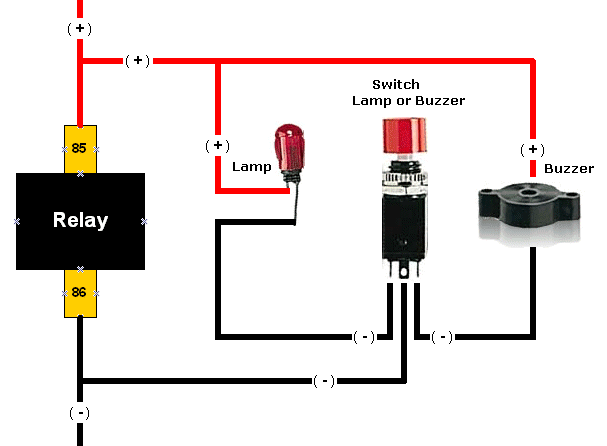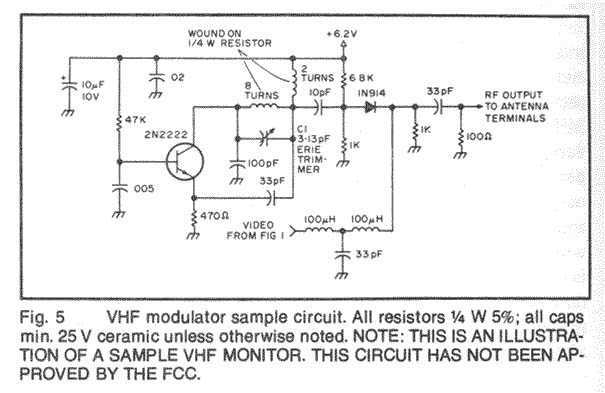
AC hot wire probe

Insert the probe tip into either terminal of an AC outlet and hold the probe body against any object that the circuit ground is connected to. The LED will illuminate when the hot terminal is touched. Two 2 MΩ resistors are utilized in the probe tip for safety (redundancy) reasons.
The described circuit functions as a simple AC voltage tester, designed to indicate the presence of voltage in an AC outlet. The probe tip, which is inserted into the outlet, connects to the live (hot) terminal, while the probe body serves as a grounding reference point. When the probe tip contacts the hot terminal, the circuit completes and allows current to flow through the internal components, causing the LED indicator to illuminate.
Safety is a critical aspect of this design. The inclusion of two 2 MΩ resistors in the probe tip serves as a protective measure. These resistors are arranged in a parallel configuration to provide redundancy, ensuring that if one resistor fails, the other can still provide a sufficient level of resistance. This high resistance value minimizes the risk of electric shock to the user while still allowing enough current to flow to activate the LED.
The LED is typically rated for low voltage operation and is selected to have a forward voltage drop compatible with the expected voltage levels from the AC outlet. The choice of components should consider the maximum voltage rating of the circuit to ensure that they can withstand the potential voltage without failure.
Overall, this circuit provides a straightforward and effective means of testing AC voltage presence while prioritizing user safety through careful component selection and circuit design.Insert the probe tip into either terminal of an ac outlet and hold the probe body against anything that the circuit ground is connected to. The LED will glow when the hot terminal is touched Two 2 M resistors are used in the probe tip for safety (redundancy) reasons. 🔗 External reference
The described circuit functions as a simple AC voltage tester, designed to indicate the presence of voltage in an AC outlet. The probe tip, which is inserted into the outlet, connects to the live (hot) terminal, while the probe body serves as a grounding reference point. When the probe tip contacts the hot terminal, the circuit completes and allows current to flow through the internal components, causing the LED indicator to illuminate.
Safety is a critical aspect of this design. The inclusion of two 2 MΩ resistors in the probe tip serves as a protective measure. These resistors are arranged in a parallel configuration to provide redundancy, ensuring that if one resistor fails, the other can still provide a sufficient level of resistance. This high resistance value minimizes the risk of electric shock to the user while still allowing enough current to flow to activate the LED.
The LED is typically rated for low voltage operation and is selected to have a forward voltage drop compatible with the expected voltage levels from the AC outlet. The choice of components should consider the maximum voltage rating of the circuit to ensure that they can withstand the potential voltage without failure.
Overall, this circuit provides a straightforward and effective means of testing AC voltage presence while prioritizing user safety through careful component selection and circuit design.Insert the probe tip into either terminal of an ac outlet and hold the probe body against anything that the circuit ground is connected to. The LED will glow when the hot terminal is touched Two 2 M resistors are used in the probe tip for safety (redundancy) reasons. 🔗 External reference





